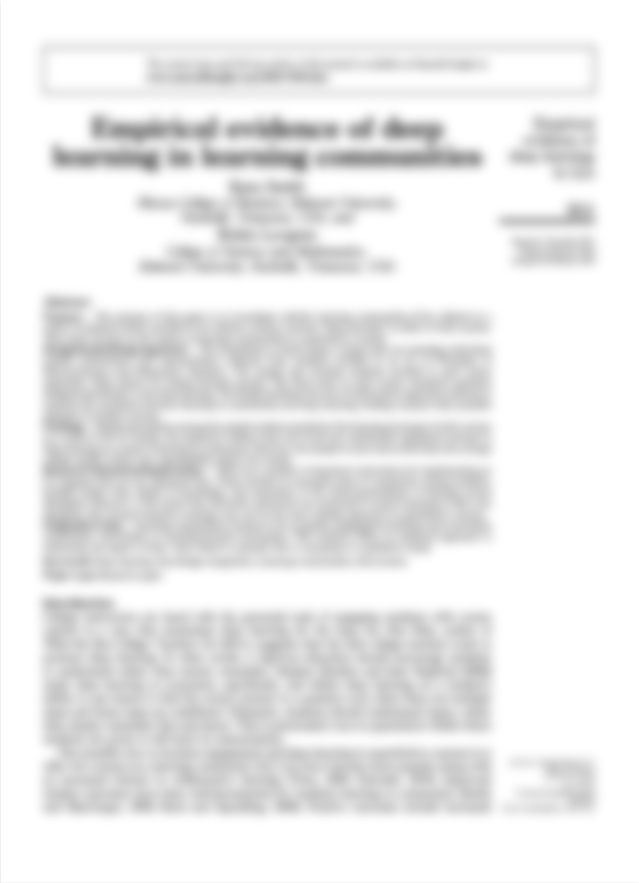REVIEWS / RECORD; COMMODORES; IN THE POCKET; MOTOWN: [FIRST Edition]
Cromonic, Richard.
Boston Globe (pre-1997 Fulltext); Boston, Mass.. 13 Aug 1981: 1.
You might have access to the full article...
Try and log in through your library or institution to see if they have access to the full text.






